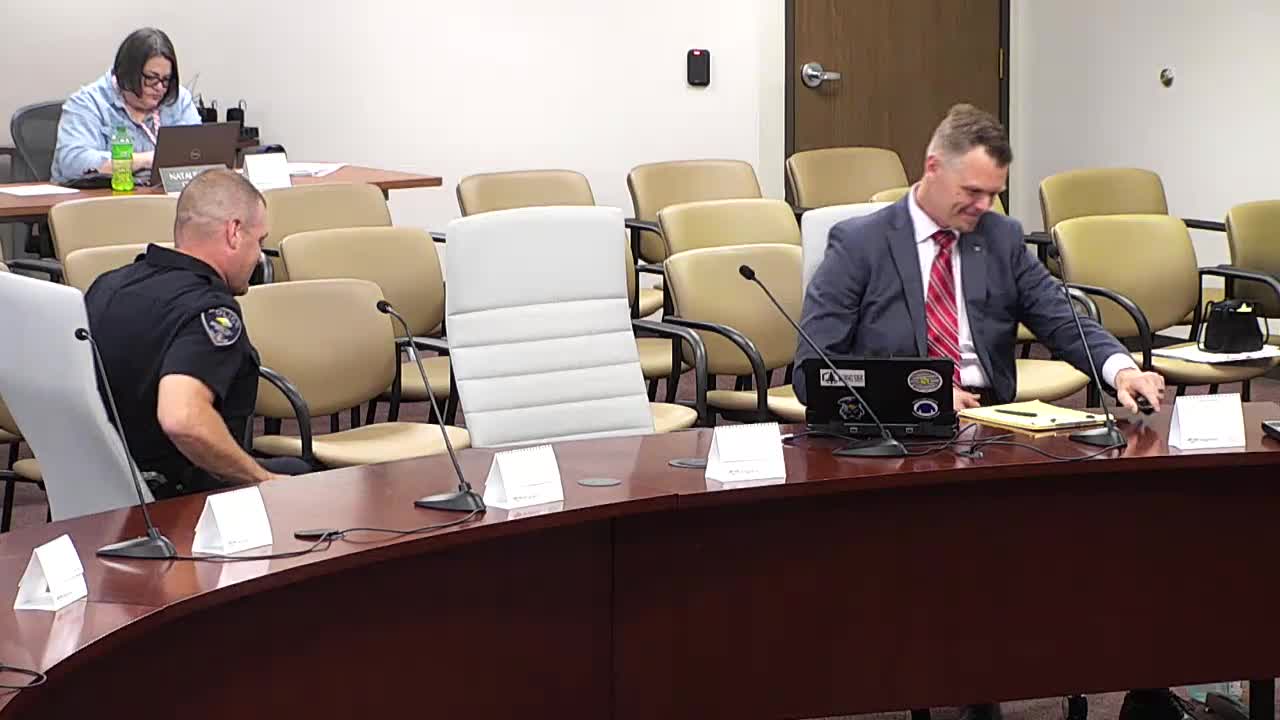Brighton City Manager announces Target 36 pilot program for flexible work schedules
May 13, 2025 | Brighton, Adams County, Colorado
Thanks to Scribe from Workplace AI , all articles about Colorado are free for you to enjoy throughout 2025!

This article was created by AI using a video recording of the meeting. It summarizes the key points discussed, but for full details and context, please refer to the video of the full meeting. Link to Full Meeting
The Target 36 program proposes that full-time employees complete their responsibilities within a 36-hour work week, without a reduction in salary. This approach is designed to maintain productivity while allowing for greater work-life balance. City Hall will close to the public at noon on Fridays, a decision based on data indicating low foot traffic during that time. However, concerns were raised by council members regarding potential service disruptions for residents needing access to city services on Friday afternoons.

Before you scroll further...
Get access to the words and decisions of your elected officials for free!
Subscribe for FreeMartinez emphasized the importance of remaining competitive with other municipalities that have already adopted similar flexible scheduling practices. The program aims to attract talent and improve employee morale, with the city planning to evaluate its effectiveness through various metrics over a six-month pilot period starting July 7.
Council members expressed mixed feelings about the program, particularly regarding the implications of closing City Hall early. Some suggested that alternative arrangements, such as kiosks for utility payments, should be considered to ensure residents can still access essential services. The council acknowledged the need for clear communication with the public about the changes and reassured residents that utility services would not be interrupted over weekends.
As the city prepares to implement this innovative scheduling model, officials remain committed to monitoring its impact on both employee satisfaction and public service delivery. The council's discussions reflect a broader trend among local governments to adapt to evolving workforce expectations while striving to meet community needs effectively.
Converted from Brighton City Council - Study Session on 2025-05-13 meeting on May 13, 2025
Link to Full Meeting
Comments
View full meeting
This article is based on a recent meeting—watch the full video and explore the complete transcript for deeper insights into the discussion.
View full meeting




